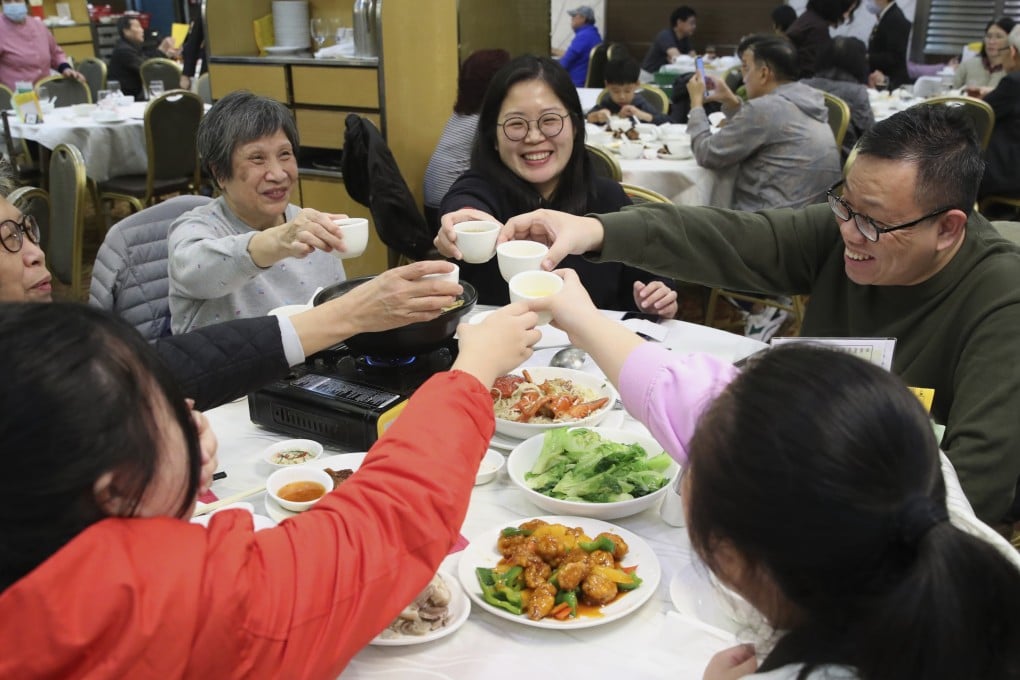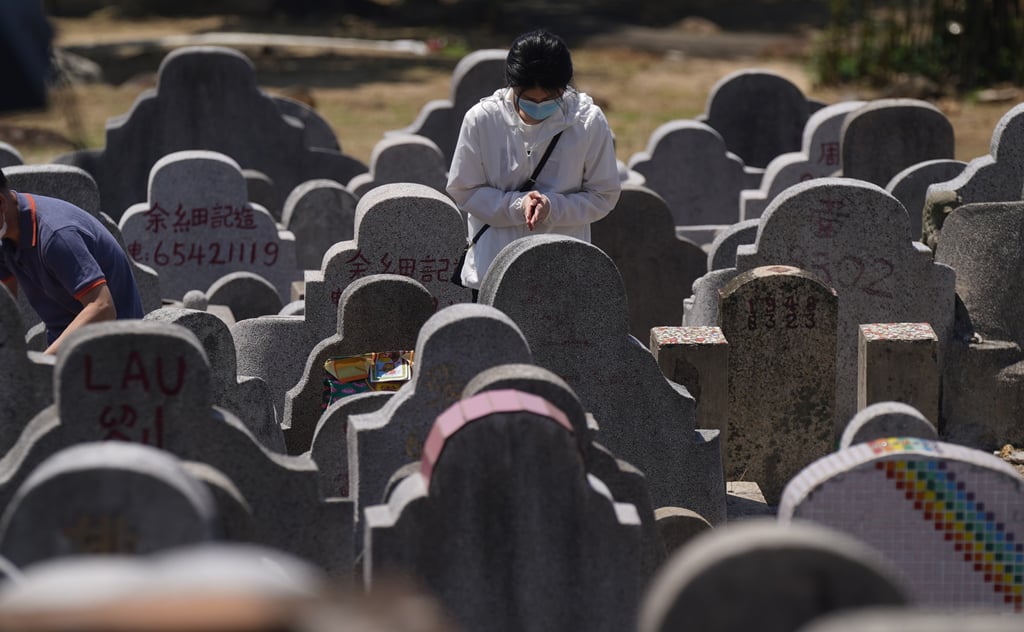Advertisement
Explainer | The winter solstice is a Chinese festival more important than Lunar New Year – why that is, and other big dates on the solar calendar
- Lunar New Year is one of the most celebrated festivals in China but, in Chinese culture, the winter solstice, or dongzhi, is seen as the more important one
- We break down why that is the case, what other notable points of the year there are on the solar calendar, and how Chinese people traditionally mark them
Reading Time:4 minutes
Why you can trust SCMP
8

While the Lunar New Year may be one of the most celebrated festivals in China, it is the winter solstice – which falls on December 22 this year – that is the most important.
To understand why that is so, it is necessary to examine the “24 solar terms”, a system unique to Chinese culture. This ancient way to mark the seasons is still celebrated in Hong Kong, with days such as Ching Ming – also known as “grave sweeping” day. Many companies allow their employees to leave work early for the winter solstice.
The 24 solar terms refer to specific points in the Earth’s orbit around the sun. These markers on the sun’s position and its effects on weather have a huge influence on the people and their activities, from florists to farmers to traditional Chinese medicine practitioners.
Even the Chinese almanac, a divination guide, refers to dates and traditions derived from the solar terms.

The four obvious dates are the beginning of spring (lichun), the beginning of summer (lixia), the beginning of autumn (liqiu) and the beginning of winter (lidong).
Advertisement